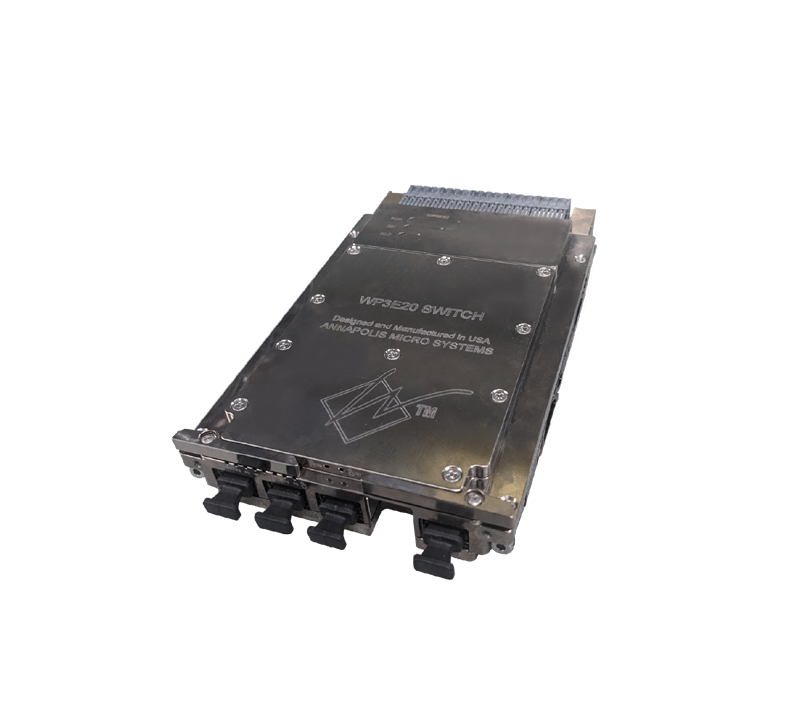NEEDHAM, MA. – April 9, 2012 – PTC (Nasdaq: PMTC) today announced Creo® 2.0, the latest release of its revolutionary new generation of product design software. Last June, PTC challenged the industry paradigm with the introduction of the first nine “apps” in its Creo family – conceived, in part, to enable a much wider range of roles to contribute to the design process with a set of integrated, purpose-built tools. With Creo 2.0, PTC introduces a new role-specific app supporting modular product design that extends how organizations can approach concept design, and delivers significant productivity enhancements to its existing Creo apps.
“The release of Creo 2.0 demonstrates PTC’s unwavering commitment to deliver against our Creo strategy and solve the chronic challenges customers face with traditional CAD tools,” said Michael Campbell, divisional general manager MCAD segment, PTC. “Built on PTC’s heritage of innovation, Creo rethinks the very nature of product design, increasing collaboration and protecting data fidelity across any user role, any design mode, or any data source. Today, PTC is also delivering the first technology component in its vision for managing modular product designs driven by the bill of materials.”
Modular Product Design
With Creo 2.0, PTC introduces a 10th app to the Creo family – Creo Options ModelerTM – a new role-specific app built for designers who need to create or validate modular product designs in 3D early in a design cycle. The new app, available this summer, delivers a dedicated, easy-to-use, powerful set of capabilities to build accurate, up-to-date, precise 3D-based product assemblies, irrespective of size or complexity. When used with Creo ParametricTM, Creo Options Modeler enables teams to validate precise mass, center of gravity, and even check and resolve critical issues like interference for modular designs.
Creo Options Modeler contributes to PTC’s AnyBOMTM Assembly technology vision, which promises to give teams the power and scalability needed to create, validate and reuse information for modular product architectures. By combining Creo Options Modeler with PTC’s Windchill® product lifecycle management software, manufacturers can generate and validate precise 3D representations of product configurations defined by an individual bill of materials.
By enabling easier reuse of existing 3D models and through innovative interface tagging, the new app can reduce process errors and engineering rework. As a member of the Creo product family, Creo Options Modeler also seamlessly leverages and shares data between other Creo apps, and with other people involved in the design process and beyond, further increasing detailed design and downstream process productivity.
Rethinking Concept Design
Many companies prefer to start concept designs in 2D to quickly explore multiple options before moving to build more complex 3D models. With Creo 2.0, PTC delivers on its vision for enabling companies to make the most of this early stage of their product development process. The new releases of Creo Parametric, Creo DirectTM, the free Creo SketchTM (now available on Mac OS X with this release), and Creo LayoutTM combine to greatly enhance collaboration, innovation and design exploration during concept design. Since all Creo apps share a common data model, 2D geometry and design data can be easily shared by all users and apps and can be re-used later in the design process to accelerate the transition to the detailed design phase.
In Creo Layout 2.0, PTC is helping to solve the specific problem of transitioning from 2D to 3D, allowing users to easily create a layout of complex assemblies, quickly explore design alternatives, import a variety of 2D CAD file types, sketch and modify 2D geometry, organize information with groups, tags and structure as well as dimensions, notes and tables. Once created, a 2D design in Creo Layout can serve as the basis for 3D models, allowing users to create assemblies in 2D or reference 2D geometry to create part features, and any changes made in 2D are reflected in 3D upon regeneration.
Productivity Enhancements
In the new release, PTC delivers more than 490 enhancements to the Creo app family, all designed to optimize the user experience and increase design productivity.
Creo Parametric enables increased productivity and streamlining of the overall product design process with:
Overall, Creo Parametric delivers state-of-the-art user experience, new capabilities, automates common tasks, improves performance with streamlined workflows and enables dramatically improved overall design productivity.
Beyond Creo Parametric, PTC delivers significant enhancements to other Creo apps. New capabilities in Creo Direct help accelerate bid-proposals and early concept design. Casual users can now quickly and easily create new compelling 3D designs. They also can easily modify models by reference to existing geometry of available parts and assemblies or quickly, but precisely place multiple parts and assemblies into position with the new intelligent snapping capabilities.
And as Creo Direct seamlessly works with Creo Parametric and other Creo apps, any 3D design can be shared by users across the enterprise design process.
In addition, this latest release greatly simplifies the installation process for Creo, only downloading and installing the Creo apps specific to a customer’s environment and license entitlement. This speeds download and significantly simplifies installation and configuration enabling teams to get up and running with Creo more quickly than ever before.
More information will be shared at PTC’s upcoming annual user event, PlanetPTC Live.
Additional Resources:
Availability
Creo Options Modeler is available for purchase today as an extension of Creo Parametric. It is expected to be available as a stand-alone app in June 2012. All other Creo 2.0 apps are available now. Active maintenance customers can download the release from the software downloads page on www.ptc.com.
About PTC
PTC (Nasdaq: PMTC) enables manufacturers to achieve maximum value from their product strategies with software and services designed to optimize key business processes throughout the entire product lifecycle – from conception and design to sourcing and service. PTC’s integral solution portfolio enables customers to unleash product innovation, improve collaboration and ensure product data integrity within engineering and across the enterprise, supply chain and service partner networks. Founded in 1985, PTC employs over 6,000 professionals serving more than 27,000 customers worldwide. More information can be found at www.ptc.com.






